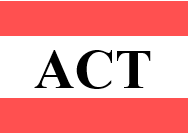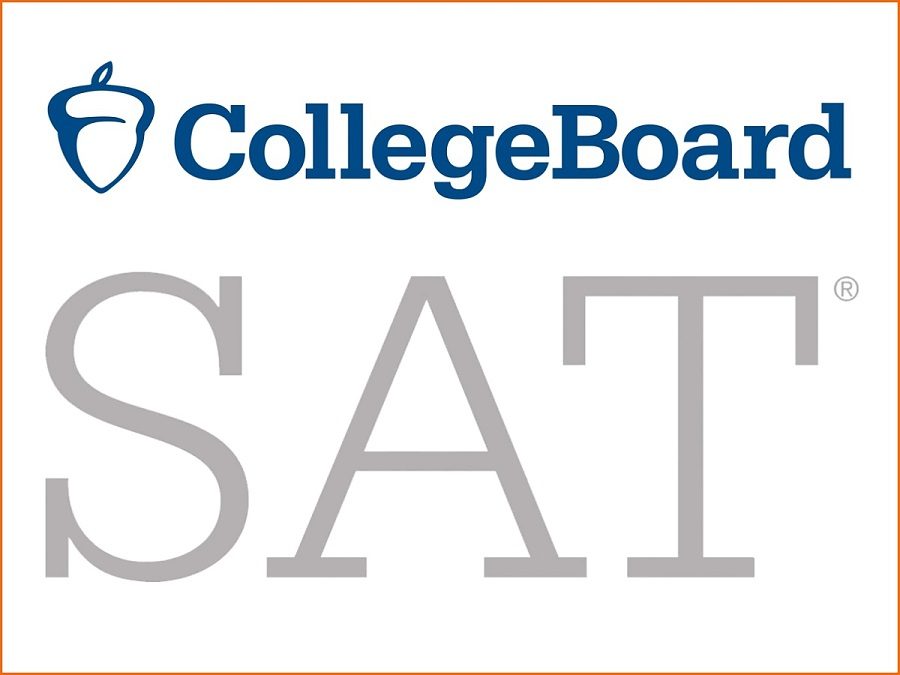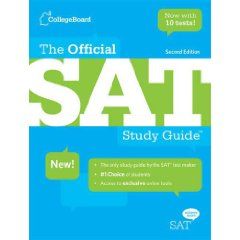For students taking the digital ACT in July, it’s crucial to familiarize themselves with the online format, practice with the tools available, and manage their time effectively. This includes practicing with the specific testing platform, knowing how to navigate the interface, and developing strategies for answering questions efficiently in a digital environment.
Digital ACT Tips
Tip 1: Familiarize Yourself with the Digital Format
The screen layout, navigation buttons, and interactive tools can take some time to get used to. Take advantage of ACT has released practice tests and tutorials to get comfortable with the interface, navigation tools, and question types.
By practicing with the digital interface beforehand, you can become comfortable with the following:
- Navigation: Learn how to move between questions, skip questions, and return to previously answered questions.
- Tools: Explore the available tools, such as highlighting, note-taking, and answer elimination features.
- Timing: Get familiar with the on-screen timer and practice managing your time effectively within the digital environment.
- Accessibility: If you require accommodations, such as text-to-speech or screen magnification, ensure you are familiar with how to use these features on the digital platform.
- Question Types: While the content of the ACT remains the same, some question types may be presented in a slightly different format on the digital exam. Practice answering these questions to ensure you understand the instructions and can respond accurately.
By dedicating time to familiarize yourself with the digital format, you can minimize distractions on test day and focus on demonstrating your knowledge and skills.
Tip 2: Develop Time Management Skills
The ACT is a timed exam, so you need to manage your time wisely to complete all sections. Practice using the built-in test timer and develop pacing strategies for each section.
Effective time management strategies for ACT:
- Set Time Goals: Before starting each section, set time goals for completing a certain number of questions. This keeps you on track and prevents spending too long on any one question.
- Prioritize Questions: Skip difficult questions and come back later. Focus on answering the questions you know well first to maximize your score.
- Practice Pacing: Take timed practice tests that simulate the actual testing environment to plan your pacing. Only with repetition, will you learn how long different question types take and adjust accordingly.
- Review Answers: If you finish early, use the extra time to review your answers and make corrections.
Remember, the key to effective time management is to strike a balance between speed and accuracy. Don’t rush through the exam at the expense of making careless errors, but also don’t spend too much time on any one question.
Tip 3: Practice Typing
While the ACT is not a typing test, the writing section requires you to compose an essay. Typing proficiency can save you valuable time during the writing section and you can focus on developing your ideas to craft a well-written essay.
The ACT writing section assesses your ability to analyze and evaluate arguments presented in a given prompt. You will need to write a coherent and persuasive essay in response to the prompt. While the quality of your writing is the most important factor, typing speed can also play a significant role.
- Increase Speed and Accuracy: Practice typing regularly to improve your speed and accuracy. Many online typing tutors and games can help you develop your typing skills.
- Familiarize Yourself with the Keyboard: Ensure you are comfortable with the layout of the keyboard and can type without looking at your hands.
- Practice Writing Essays on a Computer: Write practice essays on a computer to simulate the actual testing environment. This will help you get used to typing under pressure and managing your time effectively.
Tip 4: Utilize Digital Resources
Take advantage of online prep courses, practice tests, and study materials the ACT offers to better understand the content and improve your test-taking skills. Many of these resources offer interactive features, personalized feedback, and progress tracking, to tailor your study plan.
?
Digital resources are often more engaging, interactive, and accessible. Consider the following digital resources to aid in your ACT preparation:
- Online Prep Courses: Enroll in an online ACT prep course that provides comprehensive content review, practice questions, and test-taking strategies. Look for courses that offer personalized feedback and progress tracking to help you identify your strengths and weaknesses.
- Practice Tests: Take full-length practice tests under timed conditions to simulate the actual testing environment. This will help you assess your current level of preparation and identify areas where you need to improve.
- Study Materials: Utilize online study materials, such as textbooks, flashcards, and video tutorials, to review the content covered on the ACT.
- Official ACT Resources: The official ACT website offers a variety of free and paid resources, including practice tests, study guides, and test-taking tips.
- Mobile Apps: Download mobile apps that offer practice questions, vocabulary quizzes, and other study tools. These apps can be a convenient way to study on the go.
By utilizing digital resources effectively, you can create a personalized study plan that caters to your individual needs and learning style.
Tip 5: Know the ACT Structure and Format
The ACT consists of four multiple-choice sections: English, Math, Reading, and Science. Each section is scored out of 36 points, and the rounded average of these four section scores becomes your composite score.
There’s also an optional Writing essay test, scored out of 12 points, which is not factored into your composite score.
Here’s a breakdown of the ACT sections and their key features:
- English: This section assesses your understanding of grammar, punctuation, sentence structure, and rhetorical skills. You will be asked to identify and correct errors in passages of text.
- Math: This section covers a range of math topics, including algebra, geometry, trigonometry, and statistics. You will be asked to solve problems using mathematical concepts and skills.
- Reading: This section assesses your reading comprehension skills. You will be asked to read passages of text and answer questions about the main ideas, supporting details, and inferences.
- Science: This section assesses your scientific reasoning and problem-solving skills. You will be asked to interpret data, evaluate experiments, and draw conclusions from scientific information.
- Writing (Optional): This section assesses your ability to analyze and evaluate arguments presented in a given prompt. You will need to write a coherent and persuasive essay in response to the prompt.
By familiarizing yourself with the structure and format of each section, you can develop effective strategies for approaching the exam and maximizing your score.
Tip 6: Practice Test Strategies
Strategy” in ACT refers to things like learning how to eliminate wrong answers, guess when you need to, manage your time, and additional section-specific tips. Mastering these strategies can help you answer questions more efficiently and accurately, even if you’re not entirely sure of the correct answer.
Conclusion
As you prepare for the digital ACT, remember to utilize all available resources and strategies to maximize your potential. The transition to a digital format presents new opportunities for students who are willing to adapt and embrace the technology. By familiarizing yourself with the format, practicing time management, and using digital tools effectively, you can approach the exam with confidence and achieve your desired score.










